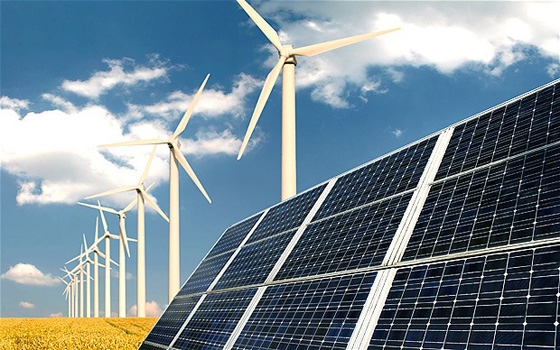The creation of the Saudi Electricity Company (SEC) has played a cardinal role in the consolidation of a previously highly fragmented power sector. While being partly private, SEC also benefits from a monopoly in transmission and distribution and a quasi-monopoly in generation.
Although Saudi’s energy generation mix is almost wholly dominated by fossil fuels, with oil representing around 60% of energy sources and natural gas making up the rest, the Saudi market is still seen as having the potential to attract investments in clean energy. The country hosts several major IPPs and IWPPs, delivered under long-term PPS that are proven to be bankable and have already attracted billions of dollars of domestic and international investment. There is no doubt that previous transactions, albeit limited to conventional energy, represent important precedents and lay the foundation for the deployment of a renewable energy market in the country.
The financing environment is also accommodating, with local banks being fairly liquid based on an average loans-to-deposit ratio of 80%. Further, the pegging of the Saudi Riyals to US Dollars and the low exposure to the Eurozone makes Saudi an attractive market for international lenders. The country has a wealth of project finance experience and has hosted several landmark deals in the energy sector.
Moreover, thanks to the Government’s investment in the grid over the last decade, it is believed that Saudi Arabia could provide up to 10% of its total electricity capacity through renewable energy, without significant impact on power quality, according to the PV Group.
Renewable energy resources
The strikingly high solar radiation of around 2,550kWh/m2/ year (almost double the average radiation in Germany) and the availability of large stretches of empty desert that can host solar arrays, in addition to the vast deposits of clear sand that can be used in the manufacture of silicon PV cells, makes Saudi Arabia an ideal location for both CSP and PV power generation. While harsh desert conditions, heat and dust can reduce system efficiency, long periods of intense sunshine should help compensate for this.
Unlike many other GCC countries, Saudi Arabia has good wind energy potential, with some 4.9 hours of full-load wind per day on average, one of the highest in the MENA region. Two windy regions exist in Saudi Arabia along the Arabian Gulf and the Red Sea coastal areas.
Policies and plans
Saudi has quickly made it onto the list of focus markets for investors and technology providers, with the Government announcing its ambitious US$109b (€84.42b) plan to install 41GW of solar and 9GW of wind capacity by 2032, and is consistent with the Government’s desire to free up some of its locally consumed oil resources in order to increase exports.
Other strong signals to the market include the King Abdullah City for Atomic and Renewable Energy (KA-Care), the Government’s alternative energy arm, announcing its plans to launch a major renewable energy auction, similar to that being undertaken in South Africa.
KA-Care is preparing to invite bids for the first phase of its procurement in the first quarter of 2013. The first round will include 1.1GW of solar PV capacity, 900MW of CSP, 650MW in wind capacity and 200MW from other sources, including geothermal and waste-to-energy.
Developers will be asked to submit proposals for projects >5MW in capacity and will also be responsible for site selection. All of the projects will be developed to be independent power projects with 20-year PPAs, each signed with an IPP.
While the planned auction could potentially revolutionize the shape of the power sector in the region, the lack of previous experience in renewable energy deployment should not be overlooked.
With current installed renewable energy capacity being almost negligible, Saudi still needs to go a long way in building its track record and credibility in the sector. Further, the success of the procurement program will be largely determined by the attractiveness of the tariffs set by the Government and the robustness of the procurement process, all of which will need to be assessed once more clarity on the program is provided by KA-Care.
Outlook
A strong track record in the development of power projects bodes well for clean energy expansion, especially since the Saudi Government has long demonstrated a substantial commitment to social and economic infrastructure, as well as its desire to free up hydrocarbon fuels for export. Previous successes with IPPs, the established bankability of Saudi PPAs and the relatively liquid financing market are all strong evidence for the country’s potential.
The next few months will be crucial for the future of the country’s clean energy sector. The extent to which the Government is able to translate its ambitions into a credible project pipeline will largely determine Saudi’s position in the CAI going forward.
Ernst & Young
27 May






















































